https://bit.ly/30CG6Va
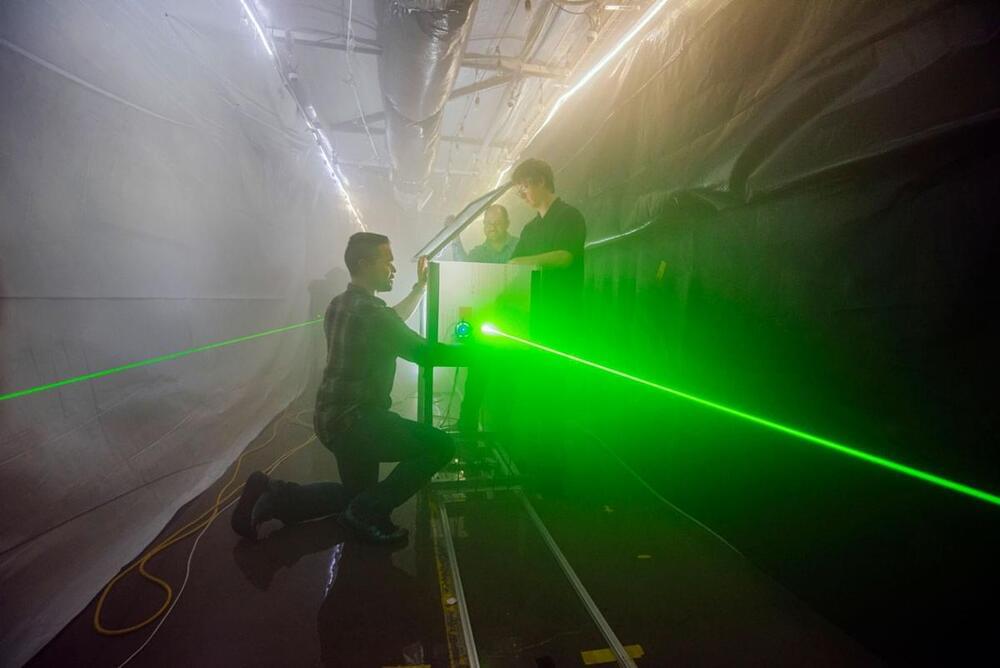

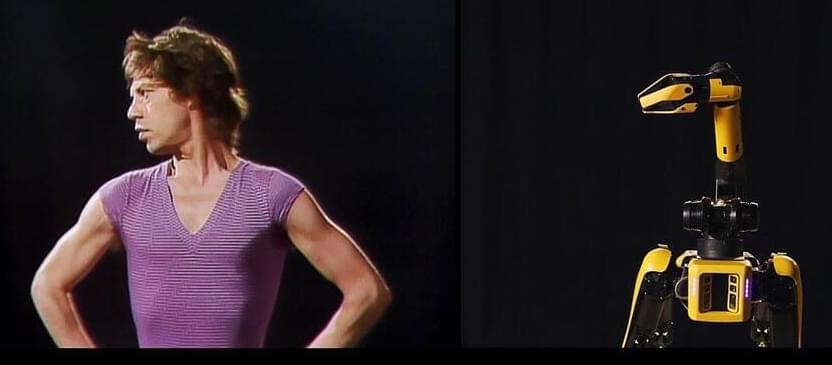
Another video from Boston Dynamics.
‘Start Me Up’ taken from Tattoo You 2021: https://the-rolling-stones.lnk.to/TattooYou2021So.
Video in collaboration with Mercury Studios, Polydor Records & The Rolling Stones.
https://www.youtube.com/c/mercurystudios.
40 years ago, The Rolling Stones debuted their iconic Tattoo You album. We’re helping them celebrate.
Robot choreography by Boston Dynamics and Monica Thomas.
https://www.bostondynamics.com.
Watch an interview on the creative process: https://www.youtube.com/watch?v=oik3MCTN1pQ
#BostonDynamics #RollingStones

Many are calling decentralized finance, or DeFi, the “Wild West of finance.” This fast-growing industry aims to provide automated banking services for cryptocurrencies to everyone, with no middle men. But DeFi is still in its early stages, which means there are risks. WSJ explains. Photo illustration: Tammy Lian/WSJ
More from the Wall Street Journal:
Visit WSJ.com: http://www.wsj.com.
Visit the WSJ Video Center: https://wsj.com/video.
On Facebook: https://www.facebook.com/pg/wsj/videos/
On Twitter: https://twitter.com/WSJ
On Snapchat: https://on.wsj.com/2ratjSM
#DeFi #DecentralizedFinance #WSJ
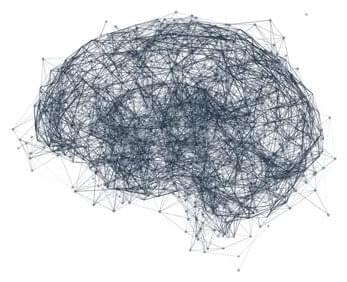
The properties of a complex and exotic state of a quantum material can be predicted using a machine learning method created by a RIKEN researcher and a collaborator. This advance could aid the development of future quantum computers.
We have all faced the agonizing challenge of choosing between two equally good (or bad) options. This frustration is also felt by fundamental particles when they feel two competing forces in a special type of quantum system.
In some magnets, particle spins—visualized as the axis about which a particle rotates—are all forced to align, whereas in others they must alternate in direction. But in a small number of materials, these tendencies to align or counter-align compete, leading to so-called frustrated magnetism. This frustration means that the spin fluctuates between directions, even at absolute zero temperature where one would expect stability. This creates an exotic state of matter known as a quantum spin liquid.

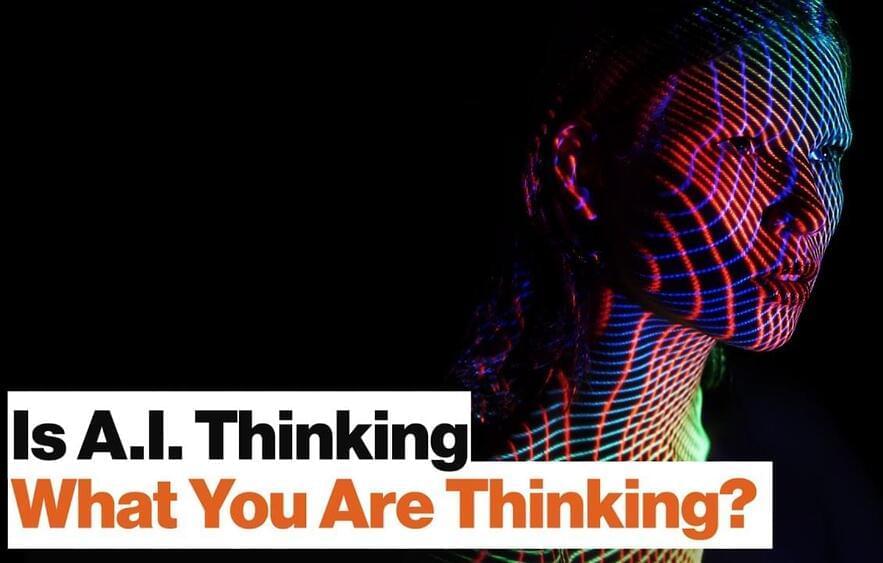
Artificial Intelligence Is the New Science of Human Consciousness.
New videos DAILY: https://bigth.ink.
Join Big Think Edge for exclusive video lessons from top thinkers and doers: https://bigth.ink/Edge.
Can AI dream? Can it love? Can it “think” in the same way we do? The short answer is: no. AI doesn’t need to bog itself down with simple human tasks like love or dreams or fear. The AI brain posits itself in a much grander scale first and then works backwards to the more human way of thinking. Joscha Bach suggests that much rather than humanoid robots, we are more likely to see AI super-brains developed by countries and larger companies. Imagine a computer brain that is designed to keep the stock market balanced, or detect earthquakes an ocean away that could sound alarms on our shores… that sort of thing.
It’s a big concept to wrap our human heads around. But as AI technology develops and grows by the day, it is important to understand where the technology is headed. Think less Rosie The Robot Maid from The Jetsons and more the computer from War Games.
Joscha Bach’s latest book is Principles of Synthetic Intelligence.
JOSCHA BACH:
Dr. Joscha Bach (MIT Media Lab and the Harvard Program for Evolutionary Dynamics) is an AI researcher who works and writes about cognitive architectures, mental representation, emotion, social modeling, and multi-agent systems. He is founder of the MicroPsi project, in which virtual agents are constructed and used in a computer model to discover and describe the interactions of emotion, motivation, and cognition of situated agents. Bach’s mission to build a model of the mind is the bedrock research in the creation of Strong AI, i.e. cognition on par with that of a human being. He is especially interested in the philosophy of AI and in the augmentation of the human mind.
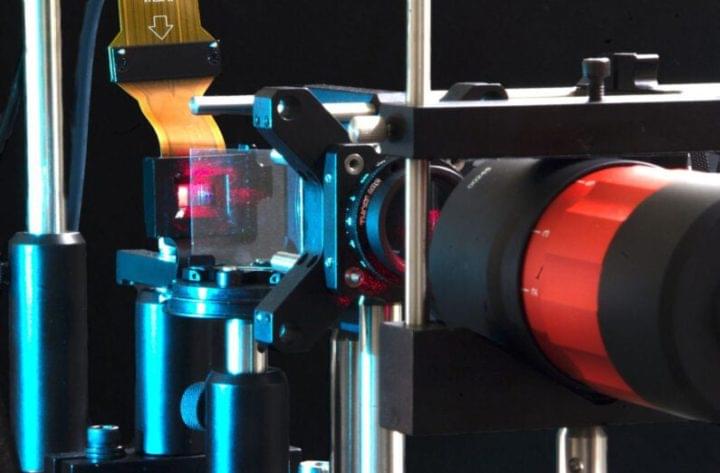
Working at the intersection of hardware and software engineering, researchers are developing new techniques for improving 3D displays for virtual and augmented reality technologies.
Virtual and augmented reality headsets are designed to place wearers directly into other environments, worlds and experiences.
While the technology is already popular among consumers for its immersive quality, there could be a future where the holographic displays look even more like real life. In their own pursuit of these better displays, the Stanford Computational Imaging Lab has combined their expertise in optics and artificial intelligence. Their most recent advances in this area are detailed in a paper published in Science Advances and work that will be presented at SIGGRAPH ASIA 2021 in December.
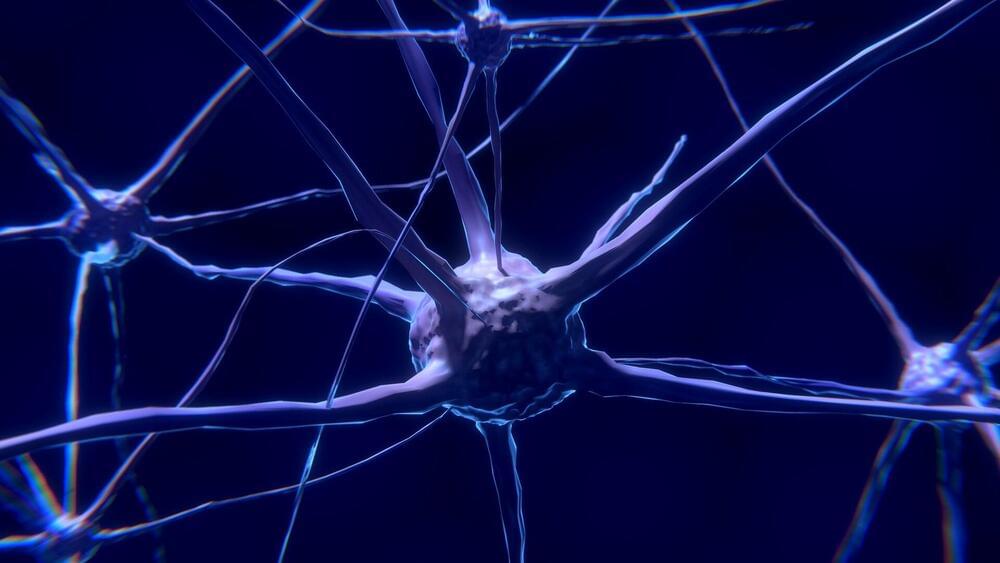
Researchers at the USC Viterbi School of Engineering are using generative adversarial networks (GANs)—technology best known for creating deepfake videos and photorealistic human faces—to improve brain-computer interfaces for people with disabilities.
In a paper published in Nature Biomedical Engineering, the team successfully taught an AI to generate synthetic brain activity data. The data, specifically neural signals called spike trains, can be fed into machine-learning algorithms to improve the usability of brain-computer interfaces (BCI).
BCI systems work by analyzing a person’s brain signals and translating that neural activity into commands, allowing the user to control digital devices like computer cursors using only their thoughts. These devices can improve quality of life for people with motor dysfunction or paralysis, even those struggling with locked-in syndrome—when a person is fully conscious but unable to move or communicate.


Magnetic soft robots are systems that can change shape or perform different actions when a magnetic field is applied to them. These robots have numerous advantageous characteristics, including a wireless drive, high flexibility and infinite endurance.
In the future, micro-scale magnetic soft robots could be implemented in a variety of settings; for instance, helping humans to monitor the environment or to remotely perform biomedical procedures. Most of the systems developed so far, however, can only complete simple tasks and take on a limited number of shapes.
Researchers at the Chinese Academy of Sciences have recently devised a new technique for creating shape-programmable magnetic soft robots. This technique, outlined in a paper pre-published on arXiv and presented at the CCIR2021 conference, allowed them to create a new robot based on magnetic pixels that can change shapes and complete a variety of actions or tasks.